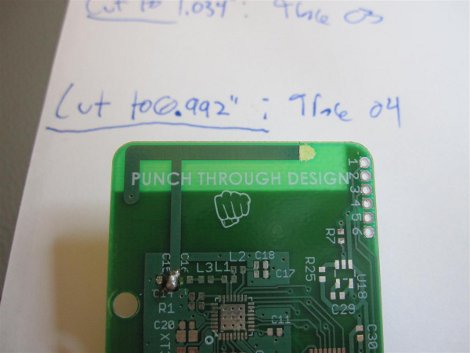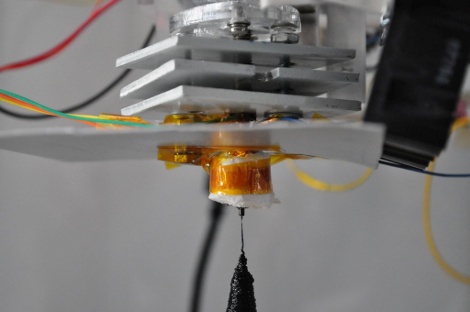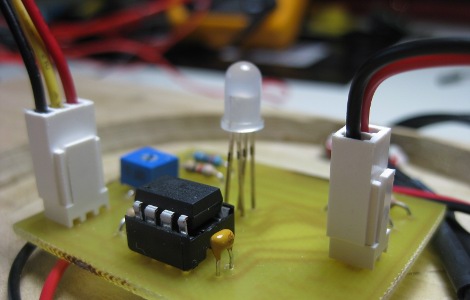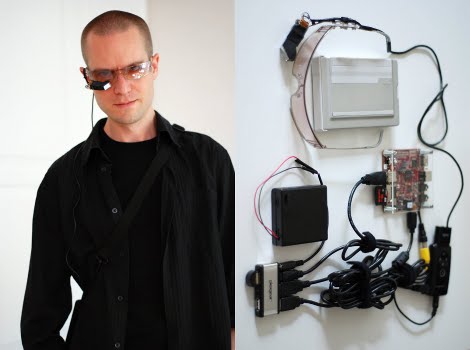[youtube http://www.youtube.com/watch?v=TDL3JRG_zrs%5D
[Jack Toole] and his team [Aaron King] and [Libo He] sent in their computer interface dubbed the Chronos Flying Mouse. The video above explains the concept very thoroughly, but we’ll reiterate some of the highlights here. The project uses a Chronos EZ430 with its accelerometers to wirelessly transmit delta positions of the user’s wrist. Add a little open source software and you have a regular PC mouse, a video game joystick, a game wheel, and a few other different devices in one. We just love the suave feeling of snapping to click.















